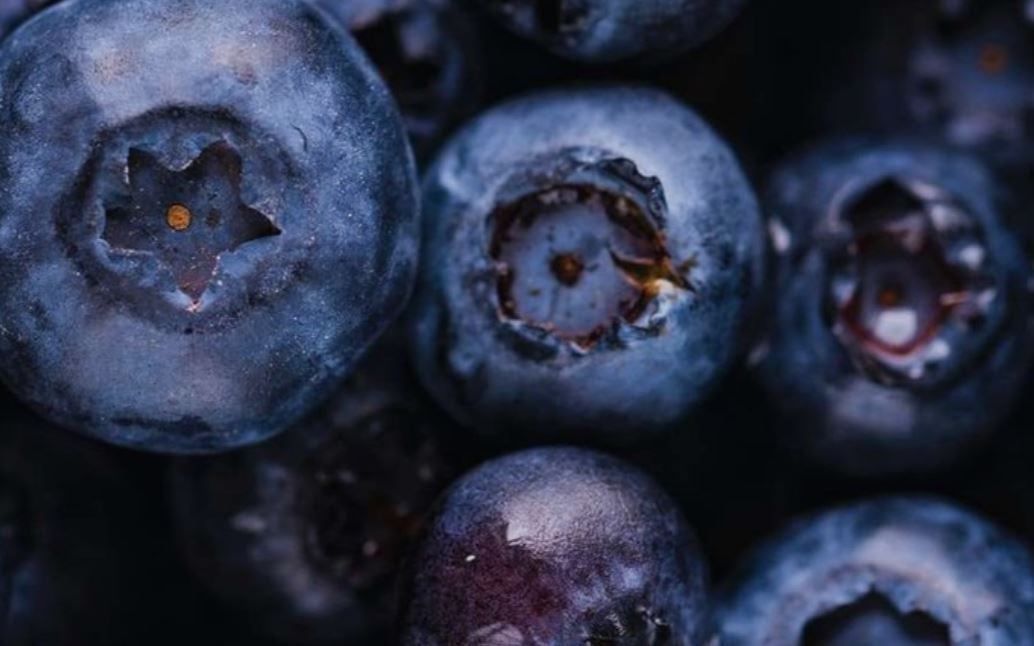The underlying ‘odorant code’ for the typical walnut aroma is created by the combination of two odorants present in the nuts in a roughly one-to-one ratio.
The first, sotolon, smells like Maggi Seasoning sauce and characterises the aroma of lovage, while the second is called (2E,4E,6Z)-nona-2,4,6-trienal – known from oat flakes and is responsible for the typical odour there.
Previous research
Research by British scientists had already olfactorily characterised numerous volatiles from walnuts about 50 years ago, but none of the compounds found had a specific walnut note.
A total of 50 eligible odour-active compounds were identified, however subsequent quantitative analyses revealed only 17 of the substances found were present in the nuts in odour-relevant concentrations – concentrations that could be perceived by the nose.
It was based on these results that the team from Leibniz conducted additional aroma reconstitution and omission experiments as well as sensory tests in which they evaluated different combinations of the odour-relevant compounds.
In doing so, the researchers demonstrated for the first time that the mixture of sotolon and (2E,4E,6Z)-nona-2,4,6-trienal best reproduces the characteristic walnut aroma.
Sensory tests
"In our sensory tests, the walnut note intensified even further when we increased the natural concentrations of both odorants up to tenfold," reported Christine Stübner, a doctoral student who worked on the study. "However, it was important to maintain the one-to-one ratio,
"We have thus deciphered the odorant code of walnut aroma almost half a century after research began. Based on our findings, new breeding strategies can now be developed to improve walnut aroma.”
Martin Steinhaus, who has been section and working group leader at the Leibniz Institute for several years, added: “Probably the most exciting result is that the combination of two compounds that individually characterize the odour of different foods, creates a completely new food odour.”





